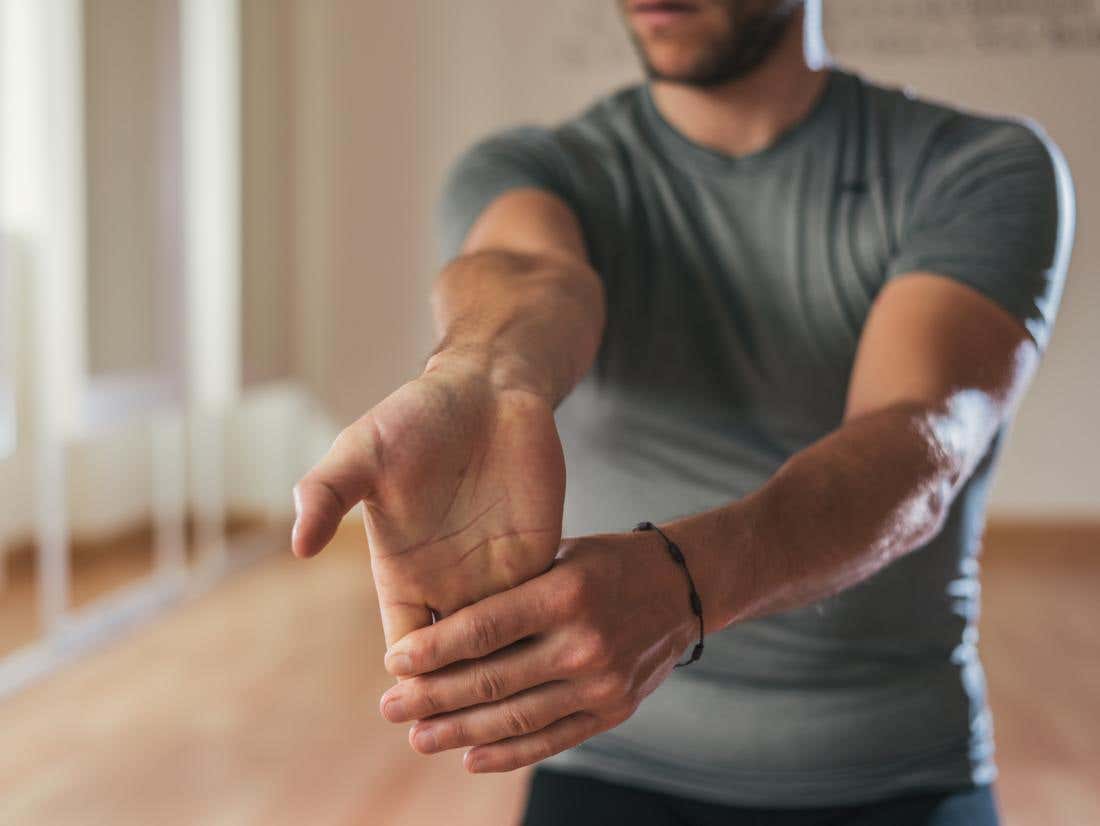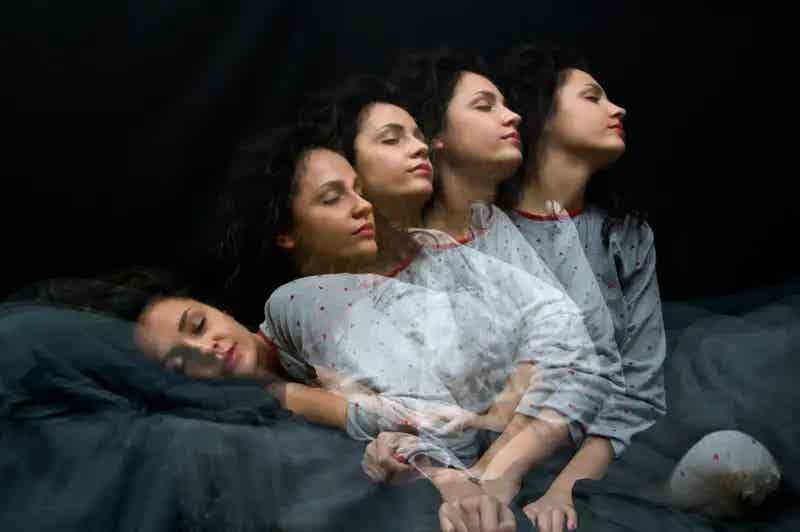Humans are more flexible than they think, study finds
Humans often underestimate wrist flexibility. This bias may protect against injury but holds implications for sports and rehabilitation.

Most people underestimate their wrist flexibility, researchers found. (CREDIT: CC BY-SA 4.0)
Recent research reveals that you might be underestimating how far your wrist can actually bend. A study by scientists from Ruhr University Bochum, Germany, and Université catholique de Louvain, Belgium, shows that most people think their wrists are less flexible than they truly are.
"The brain obviously doesn't have an accurate image of the body movement limits," says Dr. Artur Pilacinski, a neuroscientist from Bochum. The study, published in Communications Psychology, underscores how the mind perceives the body’s limitations differently from reality.
Researchers already know that people often misjudge their own body characteristics, like weight or size. Dr. Pilacinski explains, “Previous studies by other groups have already shown that people have a distorted body schema.” This research, however, is among the first to examine if a similar distortion affects movement perception.
To investigate, the team analyzed wrist movements in four directions: inwards, outwards, towards the thumb, and towards the little finger. Eighty-four participants were asked to gauge how far they could move their wrists in these directions.
One group visualized each movement and indicated its range on a ruler, while another group was shown positions on a ruler and asked if they thought they could reach those points by bending their wrist. Later, researchers measured each participant’s actual wrist flexibility.
The findings were surprising. In three out of four directions, participants underestimated their range of motion by at least 10 degrees. The exception was the movement towards the thumb, which has naturally limited flexibility.
“Presumably because the wrist is the least flexible in this direction, the difference between assumed and actual mobility was too small to be measurable with our method,” Pilacinski notes. This subtle insight into body perception suggests we may all carry a slight distortion in understanding our own physical capabilities.
But why does this bias exist? Dr. Pilacinski and his team suggest that it might be protective. By assuming a more limited range of motion, your brain may be helping you avoid pushing your body too far, preventing potential injury to muscles, tendons, and ligaments. This cautious approach might lead to minor adjustments in your movements, but it ultimately protects you from strain or overextension.
Related Stories
This discovery has intriguing implications, particularly for fields like sports and rehabilitation. In these settings, people often work to improve flexibility and push the limits of movement. Knowing that perceived limitations may not reflect reality could open new doors for treatment and training.
By understanding that the body’s limits might be more flexible than they seem, therapists and trainers can help individuals expand their actual range of motion, safely stretching boundaries they previously thought rigid.
The importance of knowing your body’s movement limits ties directly into how the brain plans and executes daily tasks. Picture a simple action, like pouring a glass of water. To perform this action smoothly, your brain calculates the wrist rotation required to hold a steady stream.
It must also decide if and when to engage your shoulder for additional support. For such tasks, your brain uses what’s known as "internal representations"—mental blueprints of your body’s movement range and limitations. These mental models help you move efficiently and safely within your environment.
Years of experience should ideally lead you to know your body’s range of motion accurately. However, this study challenges that assumption. Even adults with a lifetime of practice and proprioceptive feedback—the brain’s way of sensing body position—still seem to misjudge their own mobility limits.
Scientists have traditionally assumed that mental planning for movements relied on accurate internal models, reflecting real constraints. The latest findings, however, indicate that our internal maps of our physical limits may be flawed.
This distortion isn’t unique to movement alone. Other studies show similar misperceptions about body features. People tend to underestimate their hands' weight, size, or position. For instance, a study led by researcher Ferre demonstrated that people generally perceive their hands as lighter than they are, which helps balance their willingness to act with the need to conserve energy.
These sensory biases are not random quirks. They offer a glimpse into the brain’s functioning, similar to how optical illusions reveal visual processing tricks. By distorting perceptions, the brain might make mental and physical tasks easier, even if it means presenting a slightly skewed reality. These biases may be adaptive, helping the brain manage the trade-offs between efficiency and caution in movement.
The team’s exploration of movement range biases taps into this broader phenomenon, aiming to shed light on the constraints within which action planning occurs. Such insights could help scientists understand why and how these distortions develop, adding depth to our knowledge of body perception.
Dr. Pilacinski and his colleagues believe these findings could inform practical approaches in therapies, sports training, and perhaps even robotics or prosthetics, where understanding human movement patterns is crucial. Correcting or accounting for these biases could help people and machines alike to interact more effectively with their environments.
Note: Materials provided above by The Brighter Side of News. Content may be edited for style and length.
Like these kind of feel good stories? Get The Brighter Side of News' newsletter.
Joshua Shavit
Science & Technology Writer | AI and Robotics Reporter
Joshua Shavit is a Los Angeles-based science and technology writer with a passion for exploring the breakthroughs shaping the future. As a contributor to The Brighter Side of News, he focuses on positive and transformative advancements in AI, technology, physics, engineering, robotics and space science. Joshua is currently working towards a Bachelor of Science in Business Administration at the University of California, Berkeley. He combines his academic background with a talent for storytelling, making complex scientific discoveries engaging and accessible. His work highlights the innovators behind the ideas, bringing readers closer to the people driving progress.



